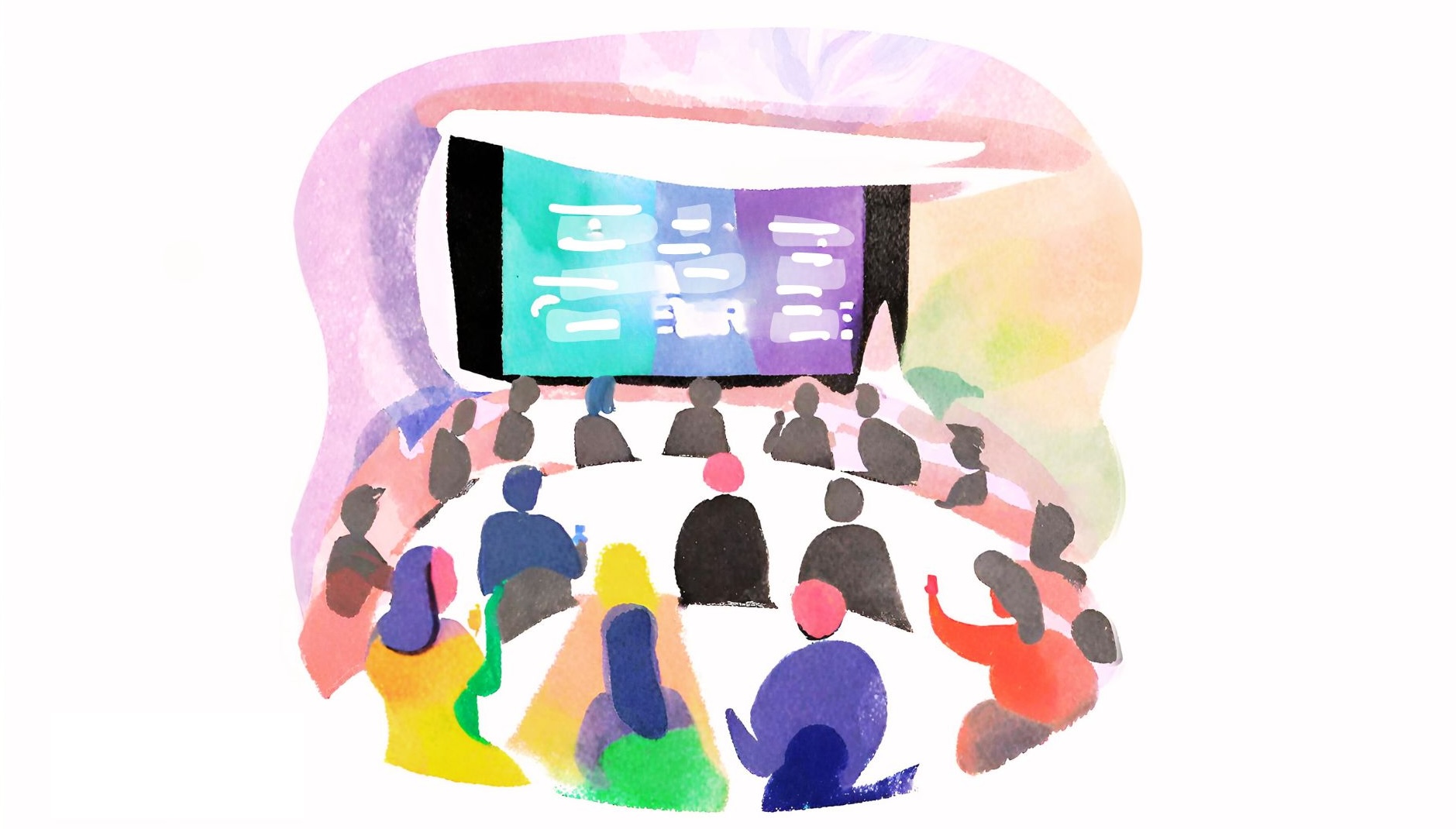The Metaverse: What’s a Brand To Do?

[Header image credit: Canva]
By Lauren Forsythe, Consumer Strategist and Lucca Vaselli, Senior Connections Strategist
WHY YOU SHOULD CARE ABOUT THE METAVERSE
In the last few months, the internet has been buzzing endlessly with conversations, memes and questions around what many consider the next chapter in human interaction: the metaverse. What was once considered a piece of science fiction is now being brought to the mainstream by way of tech giants. But with all the uncertainty surrounding this concept, one question remains on advertisers’ minds: what does this mean for my brand?
The metaverse is thought to be the next phase of today’s internet, where the lines between digital and physical spaces merge. While the infrastructure isn’t quite there yet, the ultimate goal of the metaverse is to be a place where you can socialize, play games, shop, learn, and even work in virtual reality. As can be expected, this concept has sent some people spiraling in fear of a digitally dominated world.
But in reality, the metaverse is nothing to be afraid of. In fact, its capabilities could provide brands with the opportunity to change consumer interactions for the better. The metaverse reduces the rules and guidelines set by traditional advertising platforms and places user experiences at the forefront of brand integration strategies. As a result, advertisers can now focus on creating a more immersive experience with consumers. In the past year, we have seen several brands start testing out the capabilities the metaverse can provide.
BRANDS THAT HAVE INTEGRATED INTO METAVERSES
GUCCI: Gucci Beauty brought beauty and gaming together by teaming up with Animal Crossing: New Horizons to create their very own virtual island, GG Island, to promote their #ForeverGuilty campaign film and scent. On GG Island, visitors were greeted by the face of Gucci Guilty, academy award-winning actor and musician, Jared Leto. They were able to play a series of mini games with other users, and they were also able to bring “home” Gucci designed souvenirs.
CHIPOTLE: The popular fast-casual brand blurred the lines of physical and digital worlds by building a virtual Chipotle store in the popular gaming platform Roblox. Users could dress their avatars in costumes and unlock codes to redeem free burritos in physical stores.
ADIDAS / NIKE: Adidas and Nike are taking their lifestyle brands into the metaverse through programs with popular gaming platforms, The Sandbox and Roblox respectively. Adidas’ program is focused on creators expressing themselves while Nike’s focuses on games and rewards for competing in those games.
Activations like these allow brands to promote their products while also meeting consumers where they already are in an authentic and engaging way (and the additional media coverage doesn’t hurt).
WHAT YOU SHOULD DO TO PREPARE
With some of the biggest names devoting resources to entering this new and exciting space, what should your brand do to stay ahead of the curve?
1. Understand How Your Consumer is Engaging in the Metaverse
Before deciding what type of activation makes sense for your brand in the metaverse, you must first understand how your consumer is participating in it. For example, are they logging on to Fortnite to play the actual game, just socialize, or shop? Answers to these questions will determine how you engage with consumers and activate in these spaces.
2. Create a Metaverse-Specific Strategy
In order to build long-term connections with consumers in the metaverse, it’s important that you do not just jump in and out. As an advertiser, you should treat the metaverse as a unique platform and prepare a metaverse-specific strategy just as you would a social strategy for social platforms. You must determine what your brand’s role will be in the metaverse, what message you want to put out, and ultimately which metaverses make sense for your brand.
3. Integrate Into Current Metaverses
While certain aspects of the metaverse are still work-in-progress, metaverse platforms such as Roblox, Fortnite, and Minecraft are currently some of the most popular places for friends to socialize and game together. Rather than focusing solely on the future or waiting for other platforms to be built, brands must begin integrating into the metaverses that already exist. Doing so will help brands be prepared for future updates and expansions to services. And by meeting your consumers where they already are you will begin the process of creating long-term connections.
Ultimately, brands shouldn’t look at the metaverse as something to be afraid of, but rather as another opportunity to form a connection with their consumers and help shape the future of brand interaction for the better.
Lauren Forsythe is a consumer strategist, and Lucca Vaselli is a senior connections strategist. Both are based in TMA’s Dallas hub.
Sources: Axios, Marketing Interactive, Options, The Washington Post, The Verge


